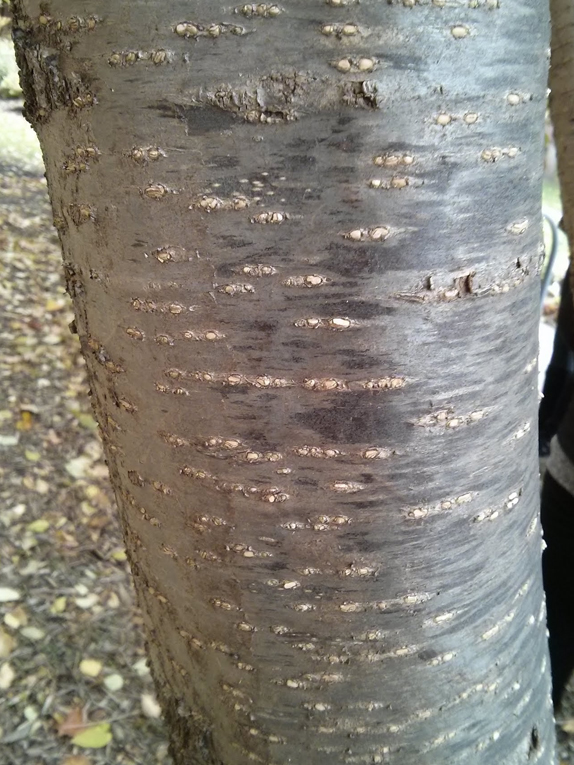Oldest Human Fossil Found, Redrawing Family Tree
Table of Content
Most notable is the Southern Dispersal of H. Sapiens around 60 kya, which led to the lasting peopling of Oceania and Eurasia by anatomically modern humans. Sapiens interbred with archaic humans both in Africa and in Eurasia, in Eurasia notably with Neanderthals and Denisovans. In another plot twist, Spoor and his colleagues digitally reconstructed the braincase of the original H. Habilis specimen, which had previously been estimated to hold about 700 cubic centimeters of actual brain—more than a typical australopithecine, but less than later humans. Their new version upped the volume to 800 cubic centimeters, advancing habilis into the same cerebral class as two other Homo species gadding about the East African savanna by two million years ago—Homo rudolfensis and early forms of Homo erectus.

Attempts to do so usually result in a grab bag of features that distinguish us from other mammals. This isn’t the first time that paleontologists have tried to cut whole chunks out of the human family tree, says Darren Curnoe for the Conversation. It didn’t work those times; it’s not clear if it will this time, either. Sapiens has long been assumed to be close to 200,000 years, but since 2017 there have been a number of suggestions extending this time to as high as 300,000 years.
hominin
“Homo has become a wastebasket of names with very little meaning,” Tattersall says. “And yet, we’re so emotionally attached to those names that even people who think they should be changed are unable to agree on how to go about it.” Nonetheless, some are trying. Many such names are now dubbed as "synonyms" with Homo, including Pithecanthropus, Protanthropus, Sinanthropus, Cyphanthropus, Africanthropus, Telanthropus, Atlanthropus, and Tchadanthropus.
Mitochondrial DNA was extracted from the remains, and then sequenced. The result was that the mtDNA did not match either modern human or Neanderthal mtDNA. Is it possible to take DNA from ancient bones and use it to identify a species?
Will Homo sapiens evolve into another species?
Chimpanzees and other apes have historically been separated from humans in classification schemes, with humans deemed the only living members of the hominid family of species. The recognition or nonrecognition of subspecies of Homo sapiens has a complicated history. The rank of subspecies in zoology is introduced for convenience, and not by objective criteria, based on pragmatic consideration of factors such as geographic isolation and sexual selection. Categorizing humans based on phenotypes is a socially controversial subject.

To determine the relationships between our various ancestors, scientists examine evidence about their physical and cultural features to determine the particular branch of our family tree to which they belong. Other mammalian genera often contain groups of species that diverged much earlier than chimps and humans did, said Goodman. "To be consistent, we need to revise our definition of the human branch of the tree of life," he said. Homo sapiens neanderthalensis was proposed by King as an alternative to Homo neanderthalensis. There have been "taxonomic wars" over whether Neanderthals were a separate species since their discovery in the 1860s. Pääbo frames this as a debate that is unresolvable in principle, "since there is no definition of species perfectly describing the case." Louis Lartet proposed Homo sapiens fossilis based on the Cro-Magnon fossils.
Ancient humans: What we know and still don’t know about them
These species are therefore placed close to one another within our family tree. On the other hand, species that have fewer derived features in common are more distantly related. These species are therefore placed further apart in a family tree. Fossil human-like species are currently divided into at least three genera.
Discovery pushes back the origin of our genus, Homo, by half a million years. A number of other remains previously thought to be Homo heidelbergensis and Homo rhodesiensis are also reclassified as remains of the new species. Based on these remains, there are suggestions that Homo bodoensis may have reached the Eastern Mediterranean, with suggestions it may have dispersed deeper into Europe. 'I certainly agree with these authors that heidelbergensis has been used as a rag-bag term for too long, and I'm partly to blame for originating its wider usage in the 1980s,' Chris says. The research, led by an international team of scientists, was published in Evolutionary Anthropology. You will be able to access your list from any article in Discover.
But reparsing the hominin family tree is easier said than done. “This problem is just as much philosophical as taxonomical,” Tattersall says. “We’re wrestling with nothing less than human exceptionalism” — the idea that humans are so distinct from other organisms that the rules of taxonomy don’t apply to us, a problem that has plagued paleoanthropology from its earliest discoveries.
The young are born helpless, and require care for long periods of time. Compared with most other mammals, great apes have a remarkably long adolescence, not being weaned for several years, and not becoming fully mature for eight to thirteen years in most species . As a result, females typically give birth only once every few years. Habilis started to develop the neural networks necessary for human speech, while others argue that H. Define some of the limitations of and challenges in the classification of hominin species in the genus Homo. "The argument is whether genetic relatedness is the only thing you should take into account," said anthropologist Bernard Wood at George Washington University in Washington, D.C.
At least a dozen species of Homo other than Homo sapiens have been proposed, with varying degrees of consensus. Homo erectus is widely recognized as the species directly ancestral to Homo sapiens. Most other proposed species are proposed as alternatively belonging to either Homo erectus or Homo sapiens as a subspecies. This concerns Homo ergaster in particular.

Floresiensis, who will be introduced later in this chapter. In spite of having a very small brain, H. Floresiensis made and used tools and built fires. This discovery has challenged what we thought we knew about the correlation of brain size and cognitive development in human evolution. Australopithecus africanus This species was the first of our pre-human ancestors to be discovered, but was initially rejected from our family tree because of its small brain.
Heidelbergensis and up to 1,760 cm3 in H. However, a steady rise in cranial capacity is observed already in Autralopithecina and does not terminate after the emergence of Homo, so that it does not serve as an objective criterion to define the emergence of the genus. A model of the evolution of the genus Homo over the last 2 million years .
Erectus coexisted for a considerable time, suggesting that H. Erectus is not immediately derived from H. Habilis but instead from a common ancestor. With the publication of Dmanisi skull 5 in 2013, it has become less certain that Asian H.
The human family tree
This suggests that an even more primitive "ghost lineage" of Homo must have existed well before 2.3 million years ago, which split and gave rise to both lineages. The Ethiopian jaw is enough on its own to cause a surge of excitement among paleoanthropologists. But its significance is magnified by the reconstruction of a Homo fossil a million years younger, published Wednesday in the journal Nature. "We can see the 2.8-million-year-old aridity signal in the Ledi-Geraru faunal community," says Kaye Reed, director of the Ledi-Geraru project at the Institute of Human Origins. "But it's still too soon to say that this means climate change is responsible for the origin of Homo."
Separate archaic (non-sapiens) human species are thought to have survived until around 40,000 years ago . (3.4)(3.9)(7.3 Mya)Several of the Homo lineages appear to have surviving progeny through introgression into other lines. Genetic evidence indicates an archaic lineage separating from the other human lineages 1.5 million years ago, perhaps H. Erectus, may have interbred into the Denisovans about 55,000 years ago. Survived at least until 117,000 yrs ago, and the even more basal Homo floresiensis survived until 50,000 years ago.
Comments
Post a Comment